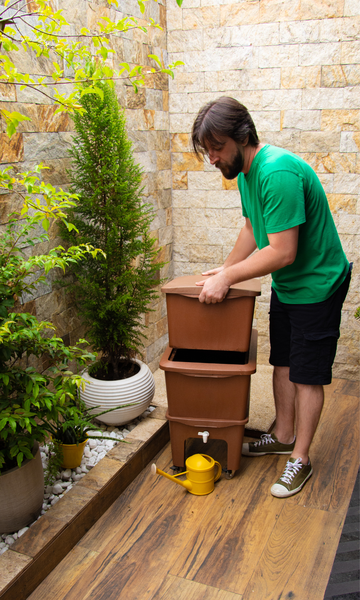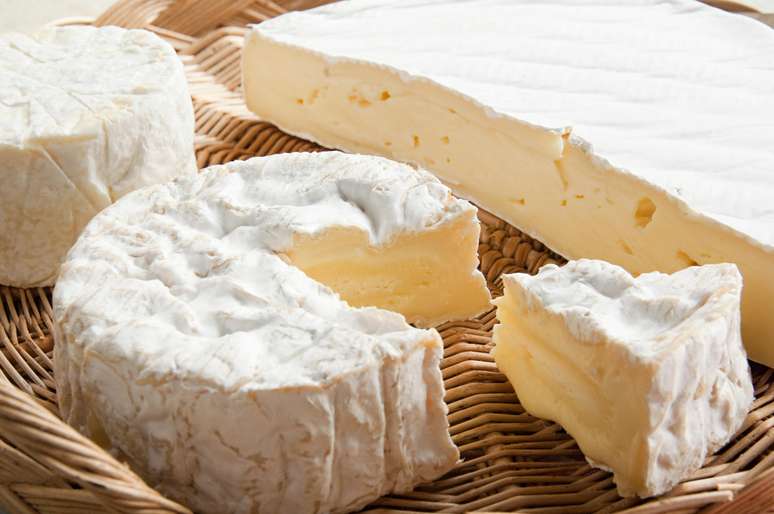The low genetic variability in the mold P. camemberti affects the reproduction of the mold, which is responsible for the “white layer” surrounding the delicacy; understand
Summary
The ‘domesticated’ strain of the mold Penicillium camemberti is at risk of extinction due to a lack of genetic variety, thus putting at risk the production of two of the most popular cheeses in the world: brie and camembert.
A The extinction of a strain of “domesticated” mold threatens the production of two of the most popular cheeses in the world: brie and camembert. The lack of genetic variety Penicillium camemberti it harms the reproduction of mold which, in turn, can drastically influence production of delicacies, experts warn.
Receive the main news directly on WhatsApp! Subscribe to the Terra channel
The information comes from researcher Jeanne Ropars, of the French National Center for Scientific Research (CNRS), in the article Only cheese, From Estadao. According to the expert, the species was analyzed in the laboratory and the results showed that the small genetic variety of the mold threatens its continuity.
In another article, Jeanne explains that the P. camemberti it never existed in nature. The species, present in dairy products, is the result of “human domestication”.
“All producers use the same single clonal line. But according to our work it is degenerating, the scenario of its total extinction is possible,” he emphasizes.

The mushroom, which forms the characteristic white patina of the cheeses, passes through the genetic selection of microorganisms, which contributes to the lack of genetic variety of species. This lack of variability puts the reproduction of the fungus and its future continuity at risk.
Experts are already studying alternatives to P. camemberti as a way to avoid the demise of brie and camembert. One of them is substitution with Geotrichum candidum to produce these and other types of cheeses that contain the mushroom in the recipe.
With multiple strains available and diverse resources, yeast is already being used by producers as an alternative to the original mushroom and is being studied by researchers. “There is great genetic diversity. There is definitely a clone that can be found in many cheeses, but there is still great diversity. This species does not follow the path of P.camberti”.

How to make compost at home?
Source: Terra
Ben Stock is a lifestyle journalist and author at Gossipify. He writes about topics such as health, wellness, travel, food and home decor. He provides practical advice and inspiration to improve well-being, keeps readers up to date with latest lifestyle news and trends, known for his engaging writing style, in-depth analysis and unique perspectives.








